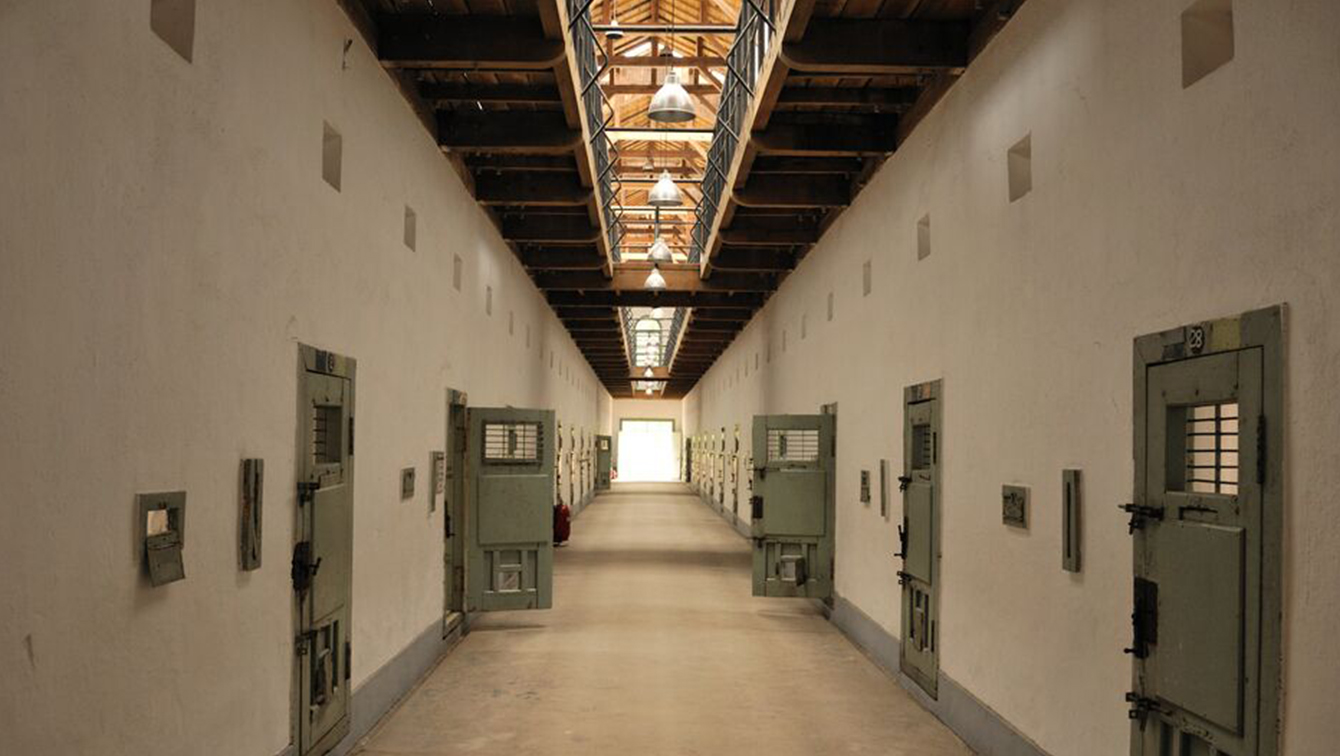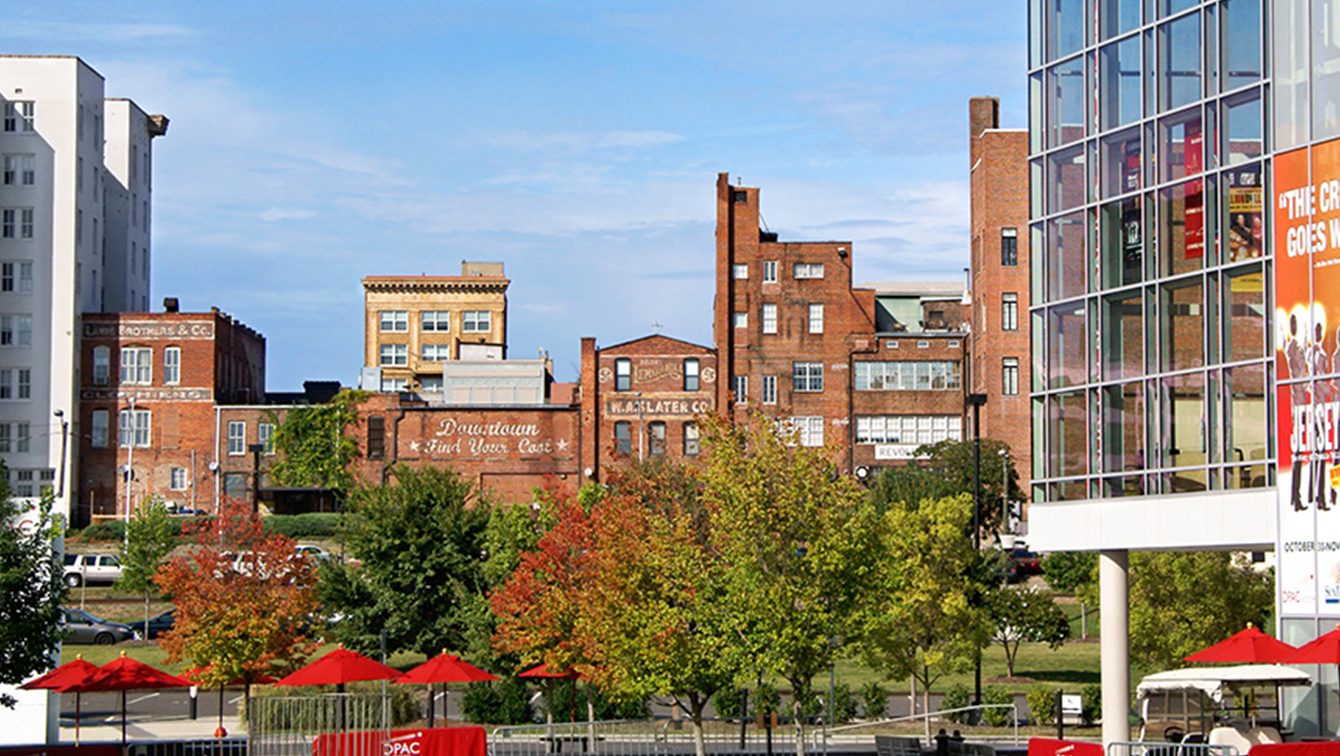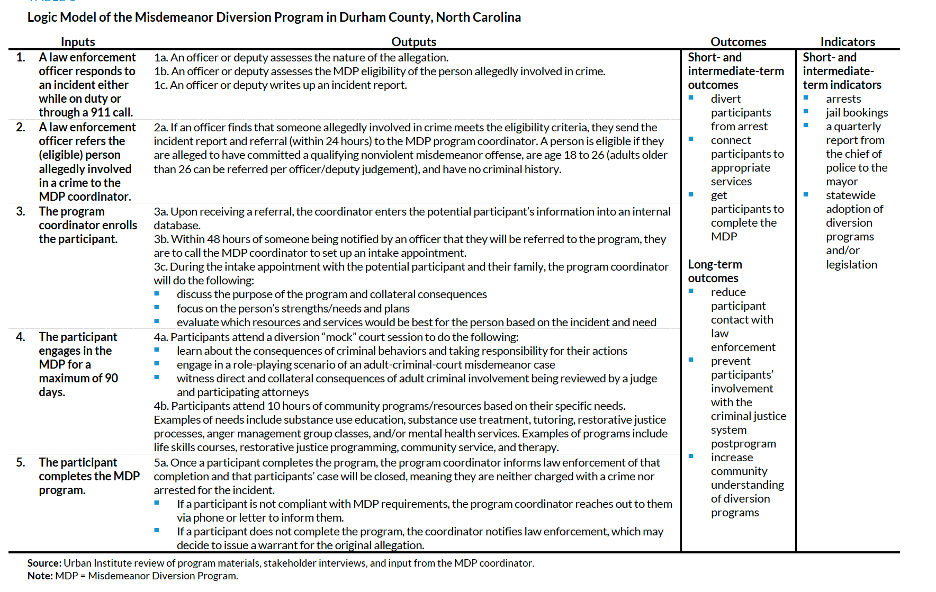Costs Data Analysis Jail Costs August 8, 2021
A recent debate in a small Michigan community shows how problematic debates over building new jail space can be.
It is critical that counties ask the right questions before deciding to build a costly new jail, because history has shown that expanded jails are quickly filled with people who would not have been jailed before, with serious personal and community consequences.
But too often these questions are not addressed, and the public and community leaders do not have clear and accurate information to inform decisions. This happened in Otsego County, Michigan, recently, and it should be a cautionary tale for other jurisdictions.
Correctional, law enforcement, and court officials in Otsego County, which has a population of about 25,000, have been pushing to expand their 34-bed jail to a 170-bed, $30 million facility for 15 years. They have solicited at least three studies to evaluate local correctional systems and recommend solutions to reduce jail overcrowding, and a close look at the local debate showcases confusing data, misleading statements, and misdirection from public officials in favor of jail expansion.
The Worst Jail Assessment We Have Ever Seen
A recent feasibility study produced for the county included a perplexing data analytics section. The data analytics section of the report was perplexing. In one graph, the scale appeared to change for no apparent reason. In 2019, the population of 24,985 appeared lower, not higher, than the 2018 population of 24,665. But the chart also showed the county’s population at 10-year intervals except for 2018 and 2019. It was unclear what people were supposed to take away from it.
Other numeric projections were strange. One meant to tie the need for a 253% increase in jail space to the county’s current 0.11% annual population growth rate. A summary of annual court caseloads from 2008-2018 also showed a trend of decreasing caseloads over time. A summary of jail bookings, average daily populations, and average length of stay from 2009-2012 and 2014-2018, showed that the jail typically operated at between 100-115% capacity before 2013, but has operated at 70-88% capacity for four out of five years since. The most perplexing sentence in the architects’ report called the jail population data “unreliable,” even though that data made up most of the report’s analytics section.
We asked David Bennett, one of the authors of the National Institute of Corrections’ Jail Capacity Planning Guide, to review Otsego County’s recent feasibility study, and he, too, concluded that it fell far short of a comprehensive assessment. He suggested that the county develop a criminal justice system master plan instead.
Resisting Best Practice Alternatives to Incarceration
Law enforcement and judicial officials complained to the consultants that, with the jail often near maximum capacity, they “have one hand tied behind their back,” and have been forced to come up with alternative sanctions instead of jailing people for the offenses they would like to. Ironically, many of the alternatives that officials complained about being “forced” to use are widely considered best practices today, including:
- Issuingcitations in lieu of arrest
- Using non-carceral sanctions for violationsof probation or drug court conditions
- Sentencing to analternative-to-incarceration program, such as the drug court or the sheriff’s day reporting “work camp”
- Usingrestraint in prosecutorial charging decisions to avoid unnecessary incarceration
- Avoiding themisuse of the jail to lock people up for mental health or substance use
The Jurisdiction Hasn’t Answered Community Questions Well
Community members have received mixed messages from local officials in response to their concerns that the new jail will immediately be filled once police have a place to book more people and judges have a place to detain and incarcerate them. In a local newspaper series about the need for a new jail, the county jail administrator said that is “not necessarily true”: “We have great judges and I do not see them being overzealous and automatically going to the jail commitment.” But in the same article, one of those local judges commented:
“What it comes down to is it hampers my ability to do my job, which is to protect our community by creating this deterrent effect and this punishment. If I’ve got to give this person work camp or probation, I’m not accomplishing that goal because it doesn’t have the same effect as sitting in jail for 30 or 60 days.”
It is true that sitting in jail has a different effect than sentences that allow people to remain in the community, such as probation – but the evidence is clear that the costs of locking people up are much greater than the negligible, if any, deterrent effect of incarceration.
Multiple studies show incarceration does not reduce the likelihood of future violent crimes after release, and that incarceration increases the odds of re-incarceration. Meanwhile, even a short stint in jail can seriously destabilize individuals and families, and even short sentences to incarceration lead to long-term employment problems.
Conclusion
From a jail administrator’s or law enforcement official’s perspective, a bigger jail may be an attractive solution to overcrowding, but most Americans do not stand to benefit from bigger jails or the increase in arrests and detention that are certain to come with them. Yet they are the people expected to pay for these multimillion-dollar projects and the hundreds of thousands of dollars in additional annual operational costs.
We recommend that any county considering a new jail should first engage the community in conversation about their public safety priorities. Then, to reduce unnecessary jail usage, it should expand the jail alternatives the county has already implemented to keep people out of jail. It should change pretrial policies and practices that result in unnecessary jail detention. It might also implement new programs to minimize missed court appearances and the resulting bench warrants. We also recommend consulting a criminal justice system expert who will evaluate the jail as part of the larger local criminal justice system.
The National Institute of Corrections, part of the U.S. Department of Justice, has a Jails Division for the express purpose of offering technical assistance, information resources, networks, and training to local jail systems. Its services include help with jail and justice system assessment and planning.
Unfortunately, Otsego County’s “jail first” approach looked at the jail population alone as evidence of whether the jail is “big enough.” But a community should get a chance to understand how all the different parts of the criminal justice system are contributing to the jail situation before taking the huge and irreversible step of sinking tens of millions of taxpayer dollars into a bigger jail that will lock up more of their own.
The bottom line is that we hope more counties will avoid wasting taxpayers’ money on extensive spin campaigns like this one. There are best practices out there to follow so that everyone is kept safe without building costly and unnecessary new jails.









